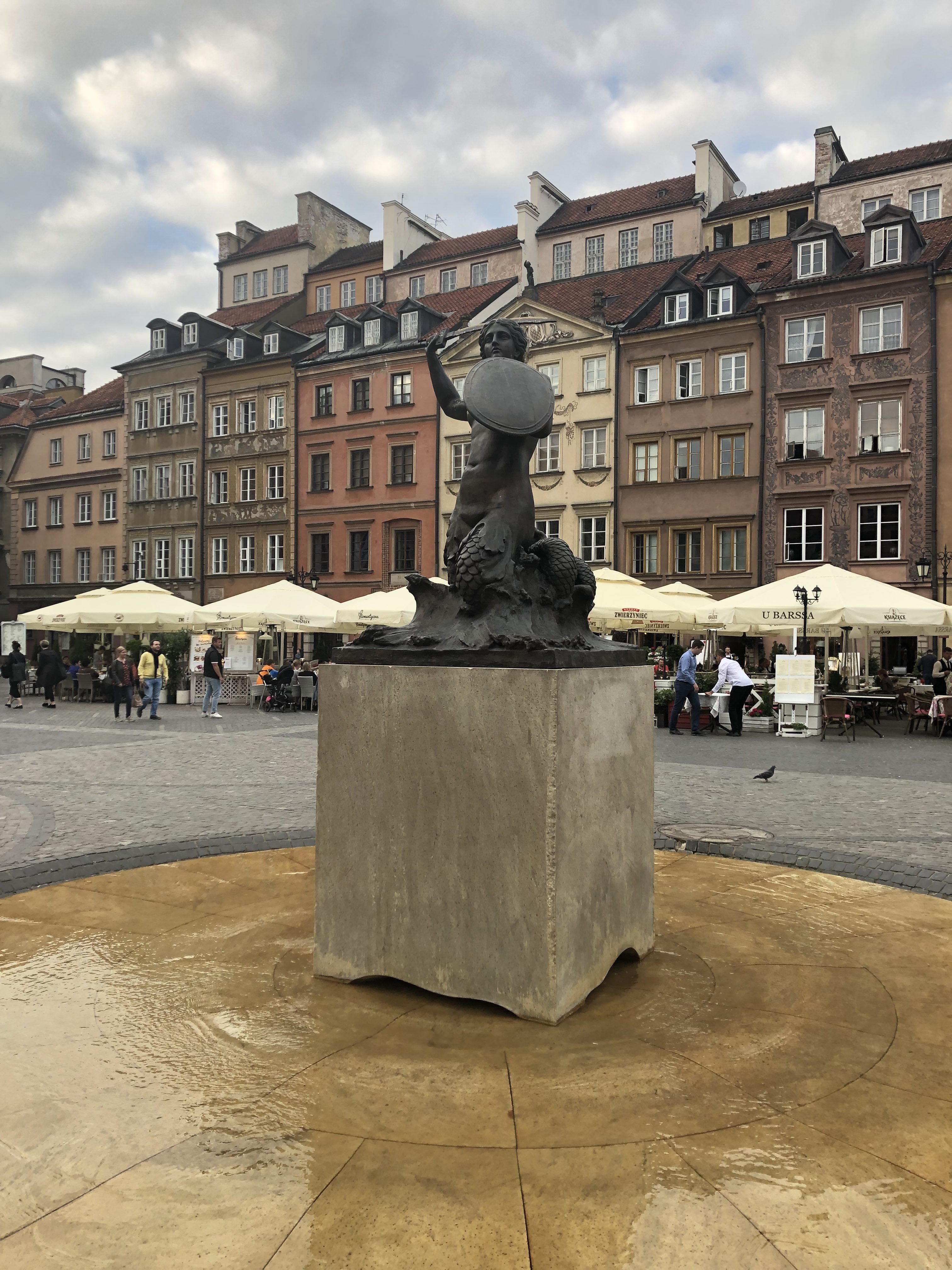The city of Warsaw, long the underappreciated sister city to Krakow, has now become a place of commemoration and life. Young intellectuals flow out of gates of the University of Warsaw, music fills the streets, and city scooters rush through the stream of street traffic. Warsaw was the breath of fresh air we all needed, however, this city of life has also been a city of death. After the Warsaw Uprising of 1944, German forces lay waste to the city until January 1945. Skeletons of buildings remained, and out of the booming population of millions, only a measly 30,000 remained. Soviet forces waited outside of the burning city, watching from across the Vistula until virtually the entire city was destroyed. They then “liberated” the city, attempting to continue their narrative of savior and protection associated with communism. More than 87% of the city has been destroyed, and the city laid in ruins until after World War II when the project of rebuilding the city began (and is still being continued in present day). Architects took inspiration from an 18th century painting of the city by Bernardo Bellotto, and not what the city looked like directly before the uprising. It really surprised me, that a city full of some much life was once considered dead.
Traces of death remain in the city, commemorated by plaques or shown in the bullet holes filled buildings that survived the uprising. I felt the pull between life and death, the desire of the Poles to display their rich history through the rebuilding, and not be remembered forever as a place of tragedy and death. The rebuilding was not the only nationalistic element I found in Warsaw. Two memorials stood out to me. One was the Kaytn memorial, honoring the victims of the Soviet efforts to destroy Polish political and military figures. The massacre is a source of national identity for the Poles, as this tragedy was an attack on their country and people, and is often overshadowed by the tragedy of the Holocaust. The second memorial was for the Warsaw Uprising, called the Little Insurgent. This statue features a young boy holding a gun and wearing a helmet far to big for his small head, in order to commemorate the lives of children lost in the Warsaw Uprising. Although the sentiment is valuable, the historical representation is inaccurate, as children were mainly used as messengers and never carried arms. Many critique the statue for attempting to promote nationalistic ideals off of a false implication, not to mention a horrible reality for some other countries.
Warsaw is dancing the line between life and death, history and future. Renaissance style architecture can be found next to modern, glass buildings. Old foundations of buildings filled with bullet holes have new replicas placed on top, and although the architecture references the past, there is no way to bring the city to exactly what is was before. I believe this city is hopeful, the young intellects of the University of Warsaw and new projects that will progress the city. I also believe it is reminiscent of the past, as the pride of this city’s history is palpable. When I walk down the street and examine the newly constructed buildings, I can’t help but wonder if what I am seeing is false, some sort of romanticized version of the past. I can’t decide whether the city is looking toward the future, or stuck in the past. However, this complexity is what makes this city unique and beautiful.
